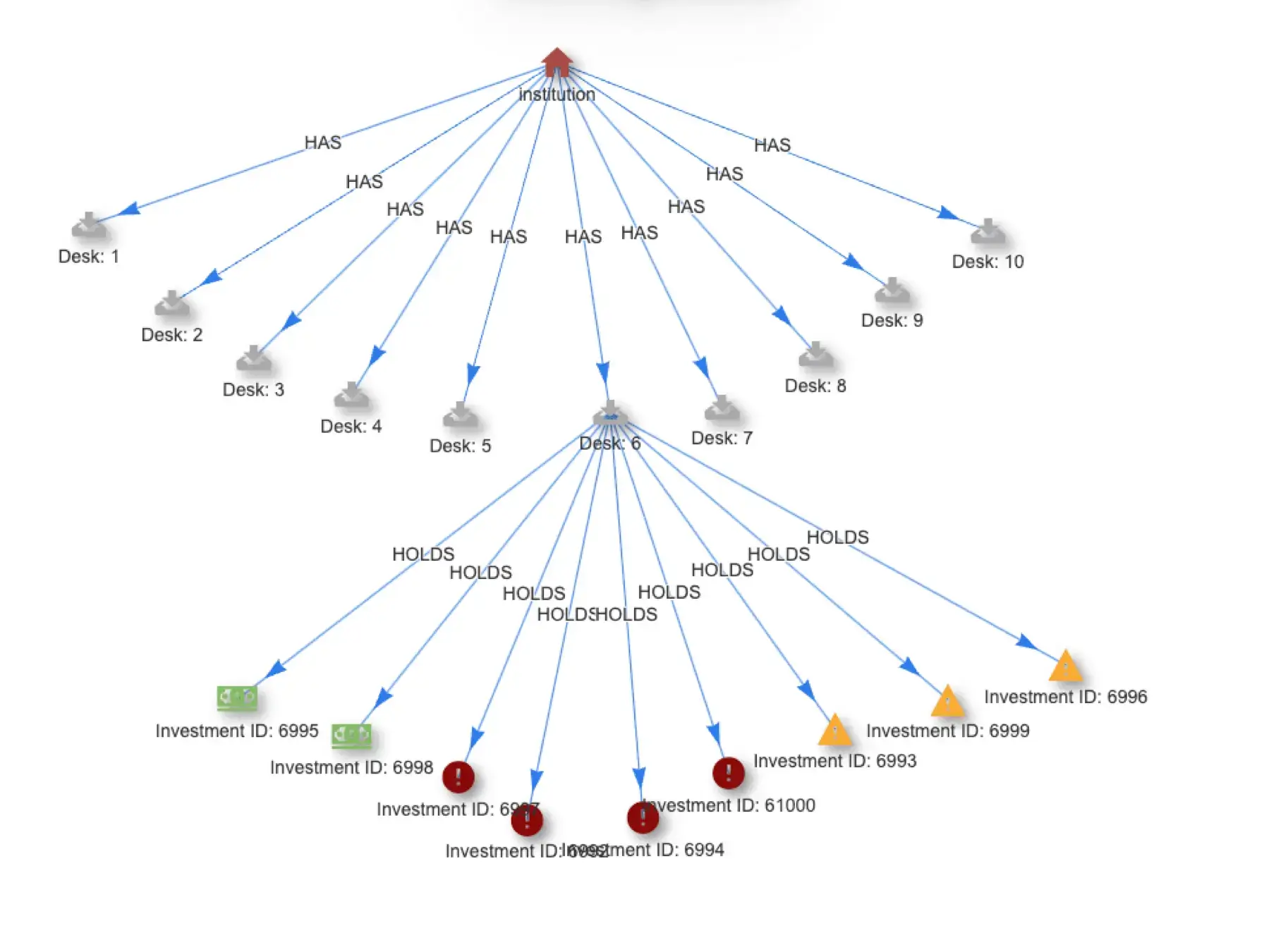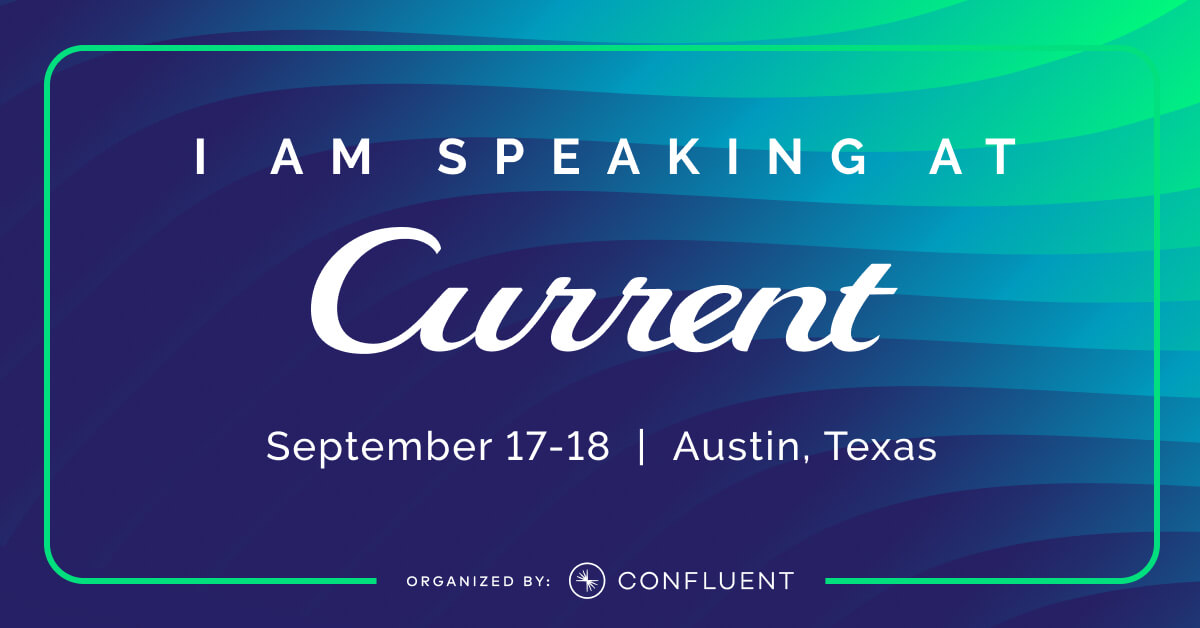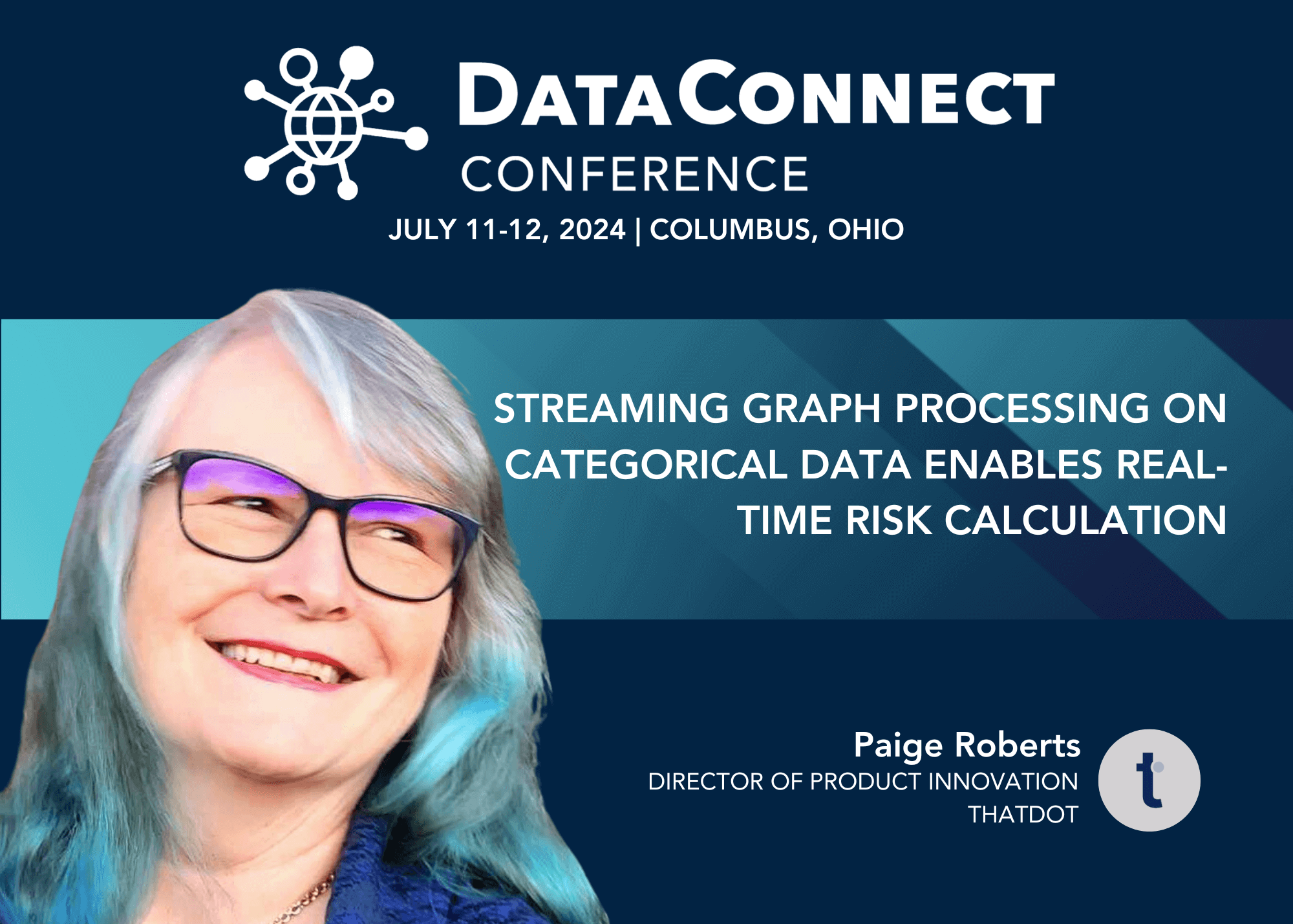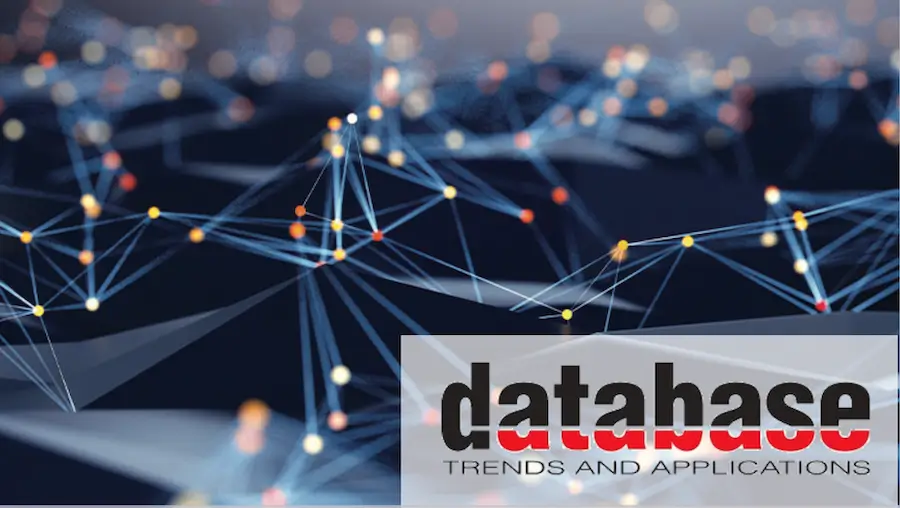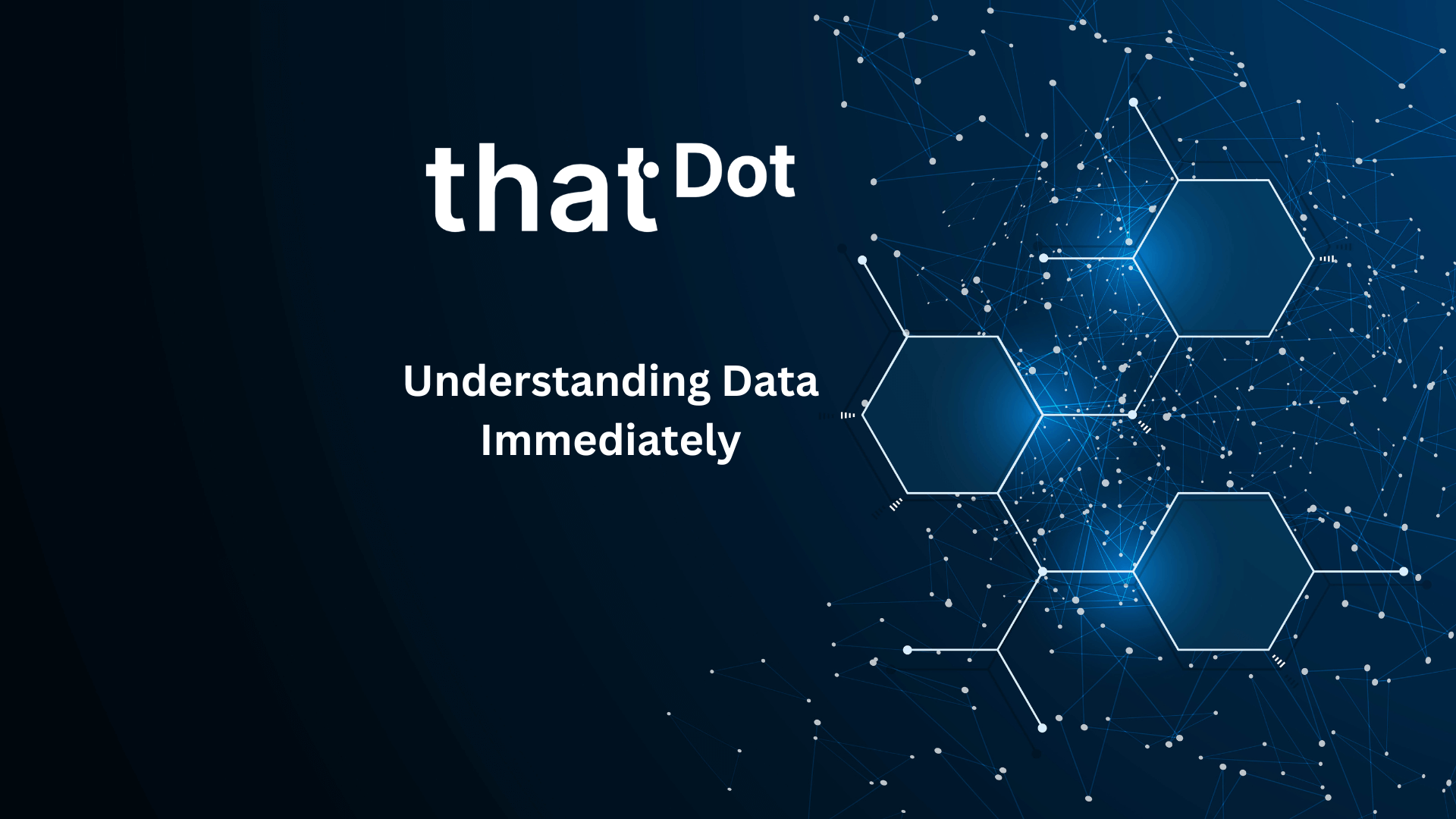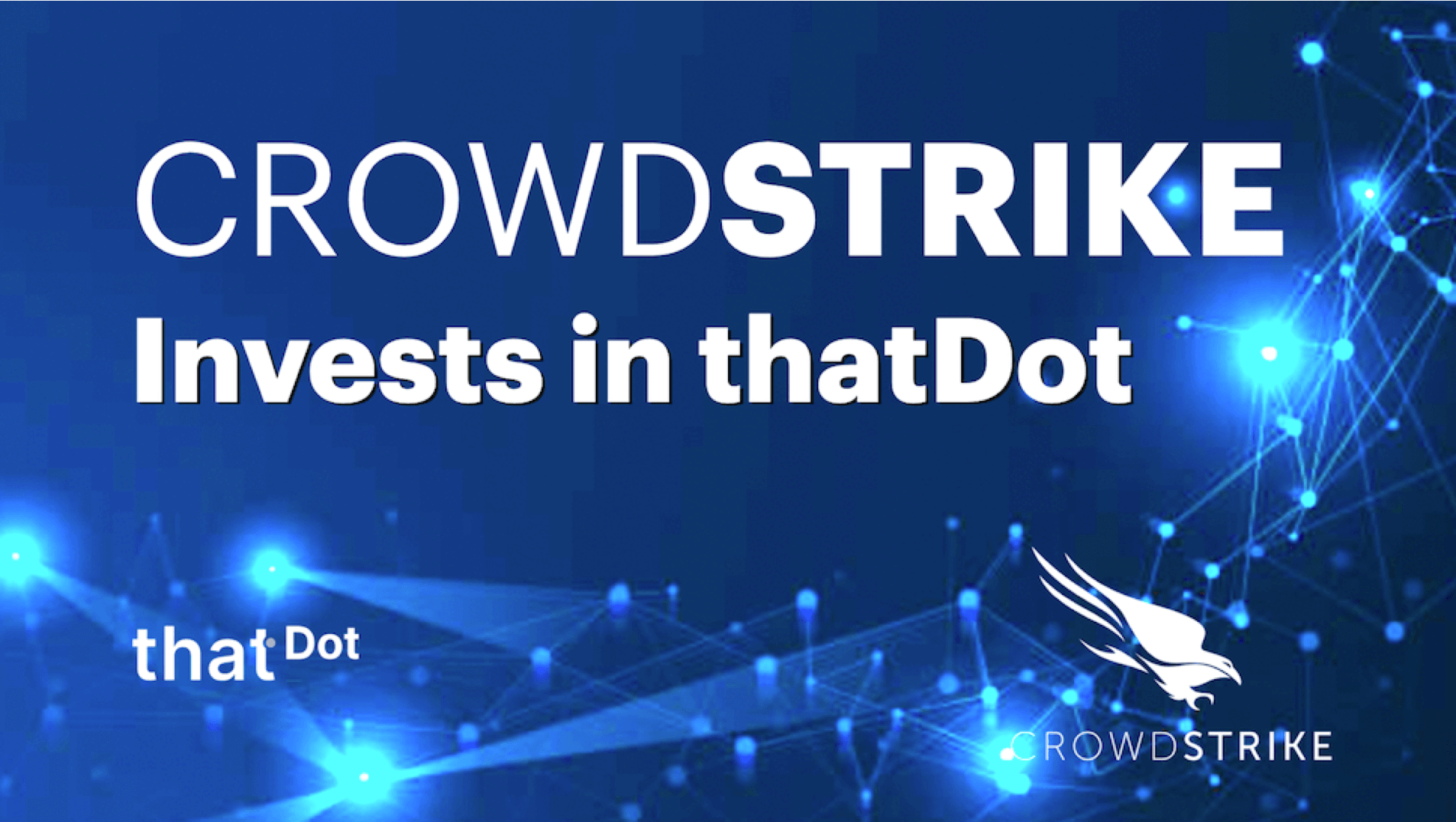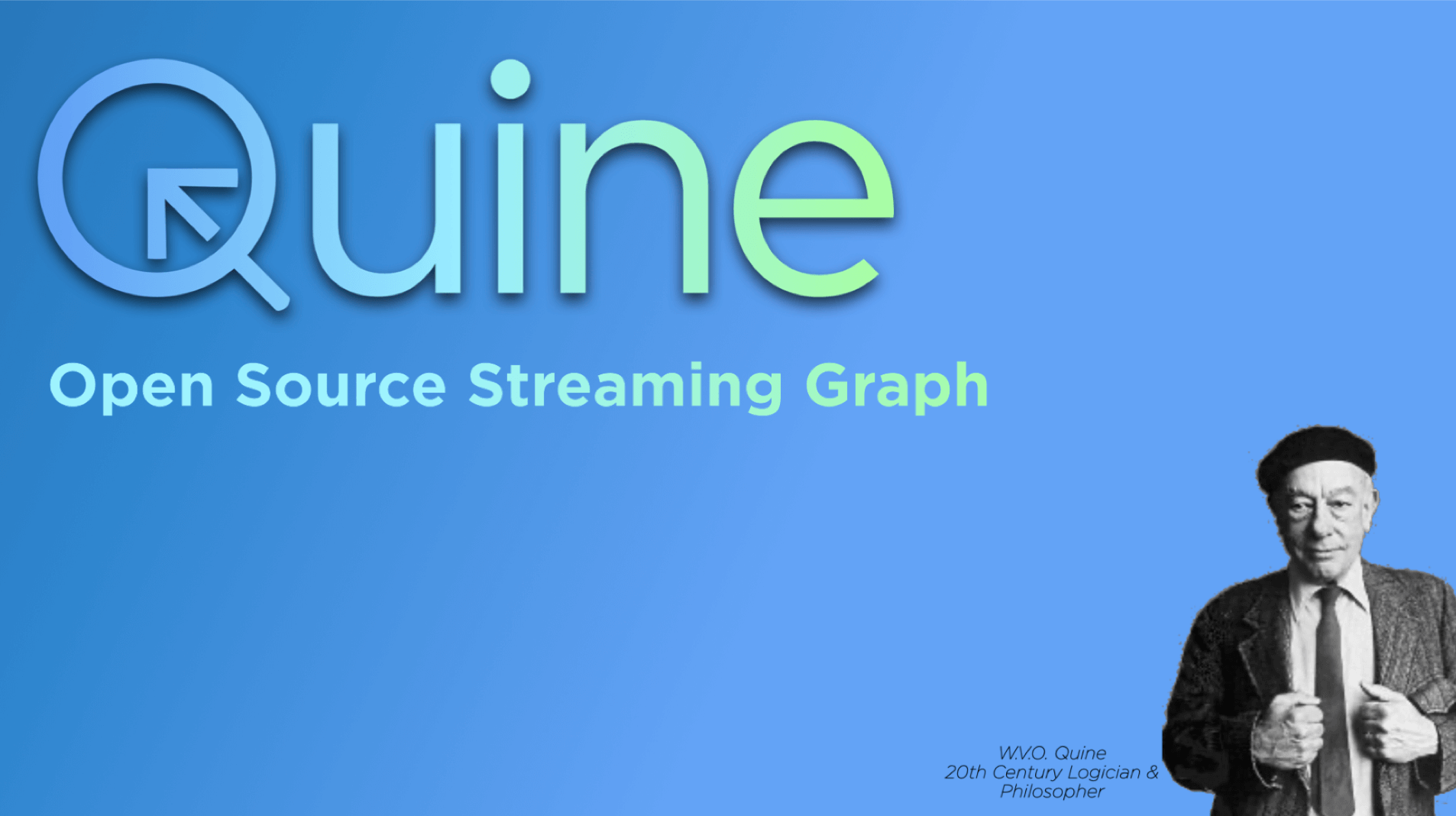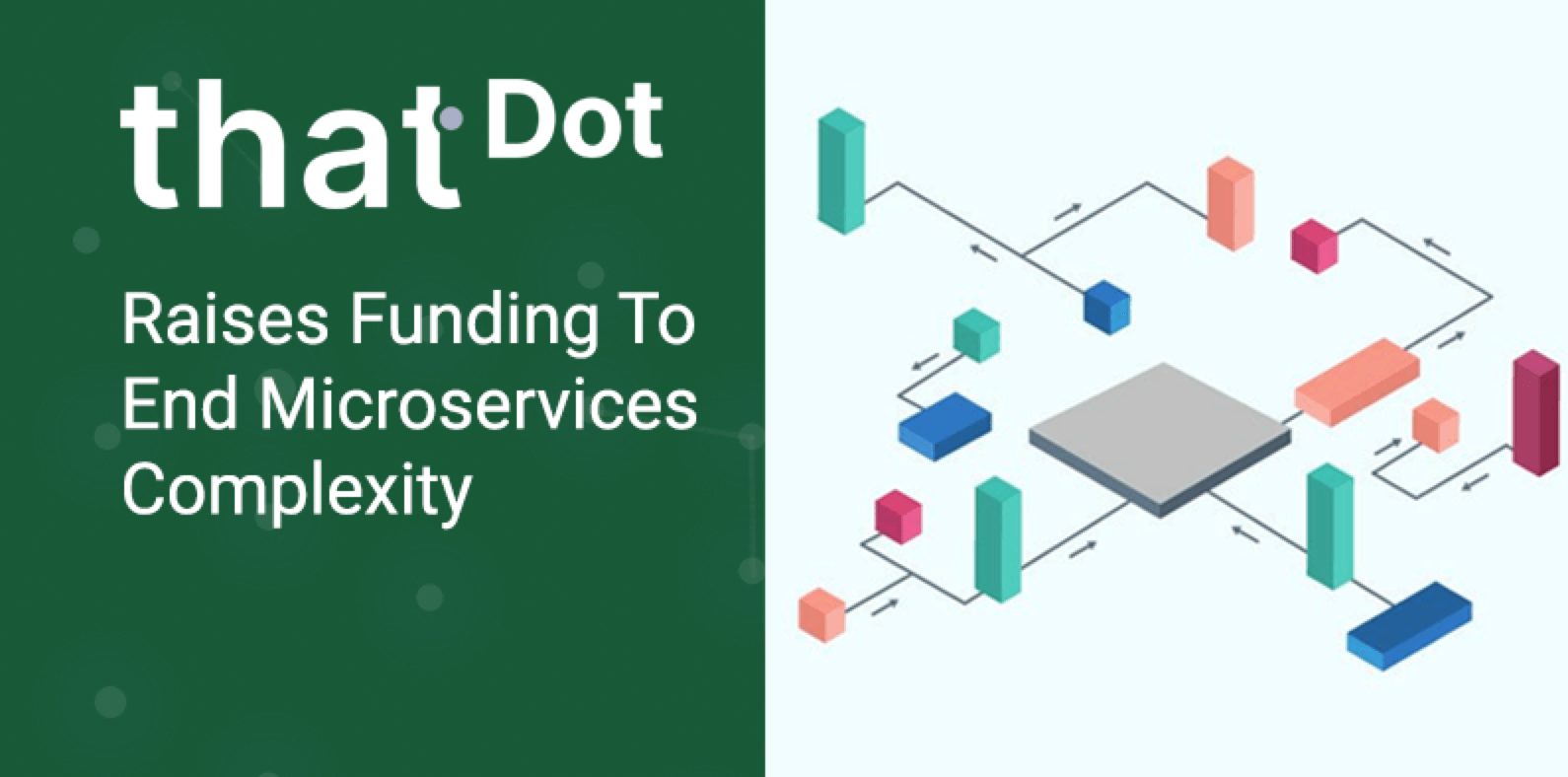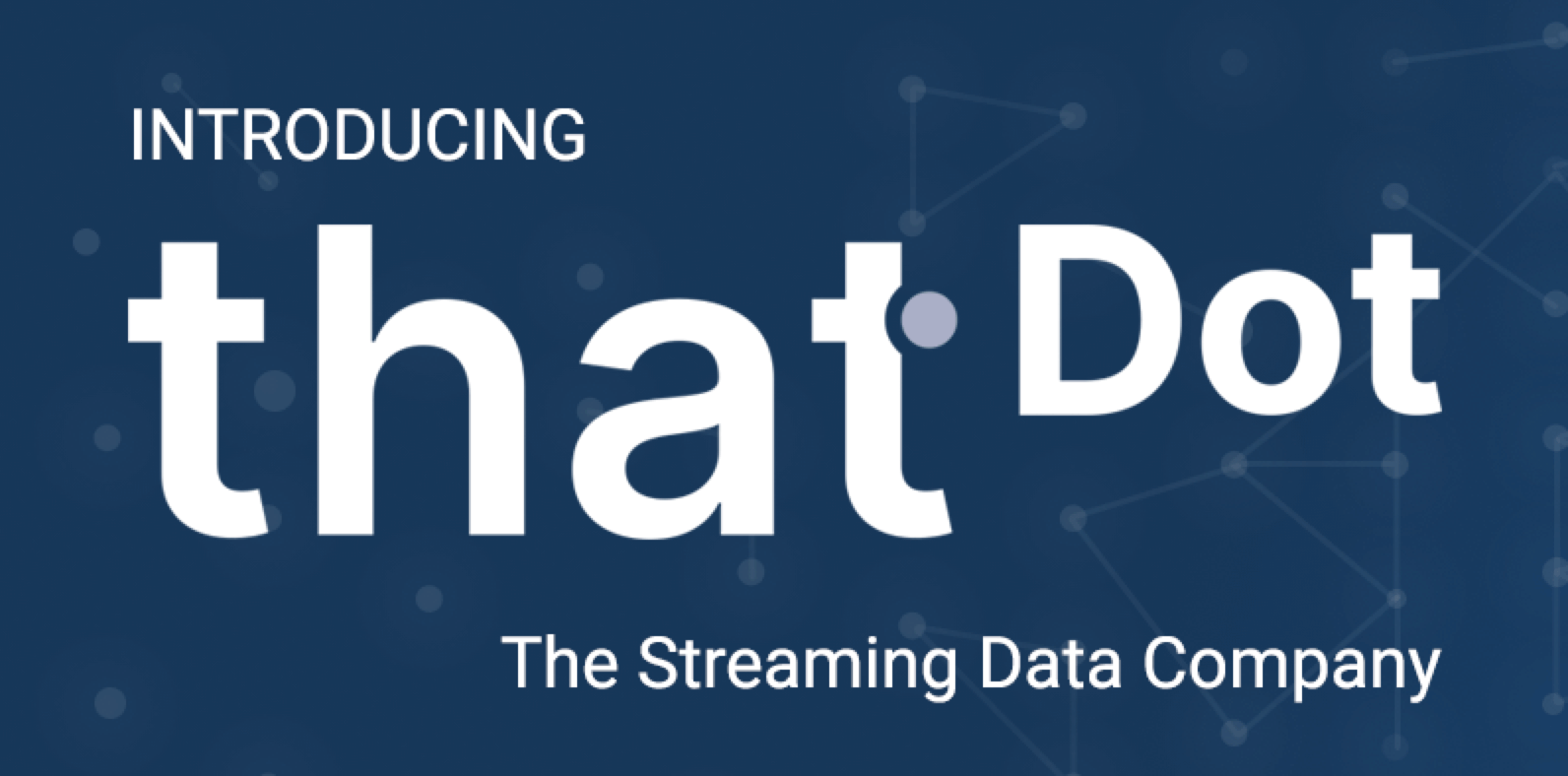After more than 25 years in the data management and analysis industry, I had a brand new experience. I attended a technical conference. No, that wasn’t the new thing. At many conferences, I’ve been surrounded by data scientists, business analysts, data engineers, mathematicians, developers, startup founders, CTO’s, architects, and PHD students, made network connections, listened to giants in the field, like the Chief of Information Management of the United Nations at this one. But, uniquely,...
Company News
The Power of Real-Time Entity Resolution with Ryan Wright
This lightning talk will highlight two approaches to real-time entity resolution on streaming data using the Quine streaming graph.
Streaming Graph Processing on Categorical Data Enables Real-time Risk Calculation
The failure of Silicon Valley Bank in 2023 exemplifies the severe consequences of not accurately assessing risk in a timely manner. Although nearly every financial institution prioritizes risk minimization, their methods for calculating risk often rely on detailed analysis of categorical data and relationships. Most existing algorithms, however, only handle static, numeric data. This requires transforming the data, typically through methods like one-hot encoding, into numerical formats that...
Understanding Batch VS Streaming Data
In this article on InsideBigData, thatDot's Rob Malnati discusses the evolution of data architectures from batch toward a more real-time representation of the world. Often, this new way of dealing with data is essential as data processing demands change. "Batch processing is, and will remain, enormously useful for many everyday tasks. However, for all its utility, batch processing is at odds with how the world works. Whether you are talking about financial transactions, social media...
What is Categorical Data?
On datanami, thatDot founder and CEO Ryan Wright helps define the nature of categorical data. This essential data type makes up about three quarters of all data an enterprise needs to analyze, yet is often not analyzed. "Why would enterprises ignore an entire class of data? Especially when it is essential to high-priority use cases like personalization, customer 360, fraud detection and prevention, network performance monitoring, and supply chain management?" To learn more read "What is...
Understanding the Scale Limitations of Graph Databases
In this article on eWeek, thatDot's Rob Malnati discusses why it'd difficult or even impossible to analyze really large datasets using graph databases. The difficulty is compounded by the modern need to respond to everything in real time. "Much has changed since the emergence of the most recent generation of graph databases from a decade ago. Enterprises are dealing with previously unimaginable volumes of data to potentially query. That data enters and streams through the enterprise in a...
Streaming graph analytics: ThatDot’s open-source framework Quine is gaining interest
Streaming Graph Analytics, and what it does. In this article on Venturebeat, George Anadiotis discusses the power of Quine, the increasing interest in the concept of streaming graph, and the influx of thatDot funding from cybersecurity leader Crowdstrike. "What do you get when you combine two of the most up-and-coming paradigms in data processing — streaming and graphs? Likely a potential game-changer, at least that’s what is being hinted at by the likes of DARPA and now...
Can Streaming Graphs Clean Up the Data Pipeline Mess?
In this article on Datanami, Alex Woodie discusses the problems with current event stream processing data pipelines, and the advantages a graph paradigm could bring to the table, with thatDot technology spotlighted. He talks about how thatDot's Ryan Wright found himself having to rebuild the data pipeline infrastructure of multiple times, and how brittle and difficult to maintain it could be. “The more data pipelines you build, the more they start looking like the same thing,” Wright says....
Quine Aims to Simplify Event Processing on Data in Motion
On InfoQ, Sergio De Simone talks about the advantages of the streaming graph style of data processing, and of Quine open source software in particular. "What sets Quine apart from other stream processing solutions, says thatDot, is a set of three design choices that lie at its foundations: a graph-structured data model, an asynchronous actor-based graph computational model, and standing queries." Check out "Quine Aims to Simplify Event Processing on Data in Motion" on InfoQ to learn...
thatDot Launches Streaming Graph Platform
“Enterprise data engineering teams are confined to the limitations and tradeoffs of the previous generation of event processing frameworks like Flink. They spend enormous time and effort building complicated event-driven architectures that only work on small time-windows of in-memory data and miss out on the bigger picture,” said Ryan Wright, the creator of Quine and founder/CEO of thatDot. “Quine can transform months of tedious data engineering into an afternoon’s work enabling data pipeline...
ThatDot accelerates streaming data analytics with open source Quine
On VentureBeat, Shubham Sharma writes about thatDot's announcement of open source software Quine for streaming graph complex event processing. He discusses, among other things, the power of Quine to reduce the burden on developers of event stream processing data pipelines. "It can eliminate batch processing, multi-level joins, and other time-consuming and outdated processes that drag down and stall analysis on streaming data. This way, data pipeline engineering teams can easily interpret...
thatDot launches Quine, a streaming graph engine
On TechCrunch.com, Frederic Lardinois talks about the launch of Quine open source streaming graph complex event processing engine. “We’ve developed the streaming graph to really target the kind of the problem in the industry right now — the rock and hard place that we all sit between,” Quine’s creator and thatDot CEO and co-founder Ryan Wright told me. “On one side, there’s huge volumes of data. For the last 10 years, big data has just become de rigueur, it’s a normal ordinary thing...
Quine Streaming Graph: A Year in Open Source
thatDot’s iteratively improving the developer experience: who is Streaming Graph built for, what jobs do they tell us they need to get done.
Quine 1.4.0: Scale, Stability, Supernode Mitigation
Quine 1.4.0 release includes improvements for scalability, stability, and supernode mitigation plus work key to reaching 1M events/sec.
See Quine in Action: 3 Live Demos Showing Graph ETL Use Cases
Watch Quine in action. Learn about graph ETL uses cases from three recent live demos.
Great Quine Community Events for October 2022
Upcoming Community Events – Workshops, Developer Days, and Conferences in October 2022
Quine Streaming Graph 1.3.0: Focus on Usability, Query Performance
Quine 1.3.0 is out and includes features, recipes, and documentation all aimed at improved streaming graph usability.
thatDot, makers of Quine, Announces CrowdStrike Falcon Fund Investment
With the strategic investment from CrowdStrike, thatDot plans to accelerate development of Quine streaming graph and accelerate community adoption.
9 Events, 90 Days – See Quine Streaming Graph in Action
A list of upcoming events plus links to videos of recent presentations, all introducing Quine streaming graph concepts.
Announcing Open Source Release of Quine Streaming Graph
thatDot Releases First Open Source Software to Combine Complex Event Streaming and Graph Data Technologies for Data Pipeline Engineers
thatDot Raises Funding To End Microservices Complexity
thatDot, announces a $2M funding round led by Oregon Venture Fund (OVF), with participation by Hale Capital Partners and Galois, Inc.
Introducing thatDot
That word… ”that.” It’s how you point with a word. What better way to express what you mean than by directly pointing?
